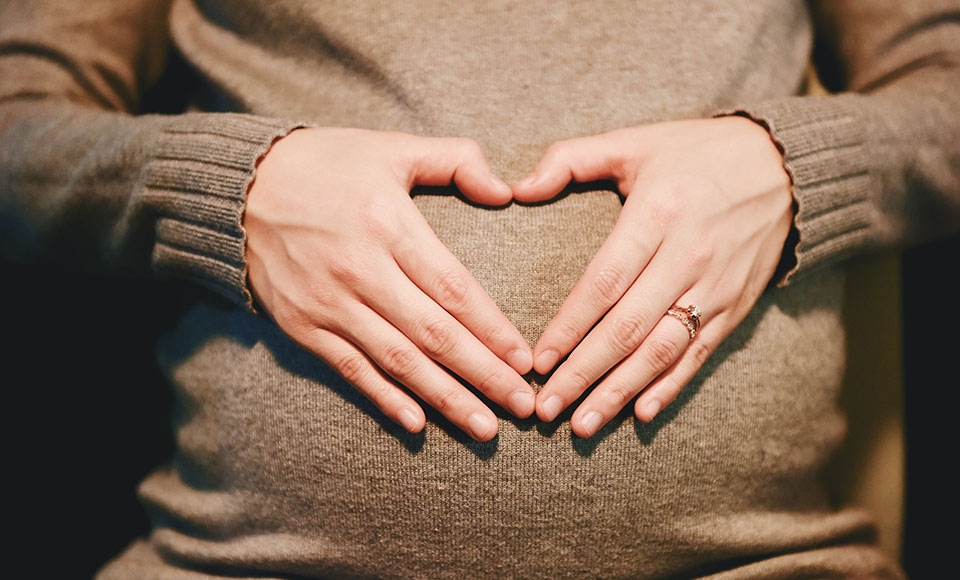Breadcrumbs
- News
- News Archive
- Nursing Professor's Hypnobirthing Research Cited by NY Times

Nursing professor Kathleen Beebe, PhD, was cited in an April 16 New York Times article about hypnobirthing — a technique that aims to ease the pain and anxiety associated with childbirth by using hypnosis, deep breathing, visualization, meditation and other techniques.
Beebe, a tenured professor in Dominican’s Nursing Department, told the newspaper that the method dates back to the 1950s, but was popularized in the 1980s. Lately it has gained traction, in particular in the United Kingdom and Europe.
“During the COVID19 outbreak, as more birthing women are questioning the safety of the hospital environment for their own deliveries -- as well the new limitations on support persons accompanying them -- alternative methods for reducing perinatal anxiety and decreasing hospital admission time are gaining interest,” Beebe explains.
Beebe has more than 40 years of clinical nursing practice in the specialty of perinatal nursing and 30 years of experience in nursing education in the field of obstetrical and women’s health. Her research has examined hypnosis and its impact on anxiety levels and sleep as a woman prepares for childbirth.
Hypnosis is just one tool that can help reduce anxiety, promote confidence and performance in that area. Beebe’s work has focused on the impact of fear and anxiety on labor and childbirth; the relationship between sleep in late pregnancy and pain and fatigue during labor; and the use of hypnosis in pregnancy and childbirth.
Findings examine: